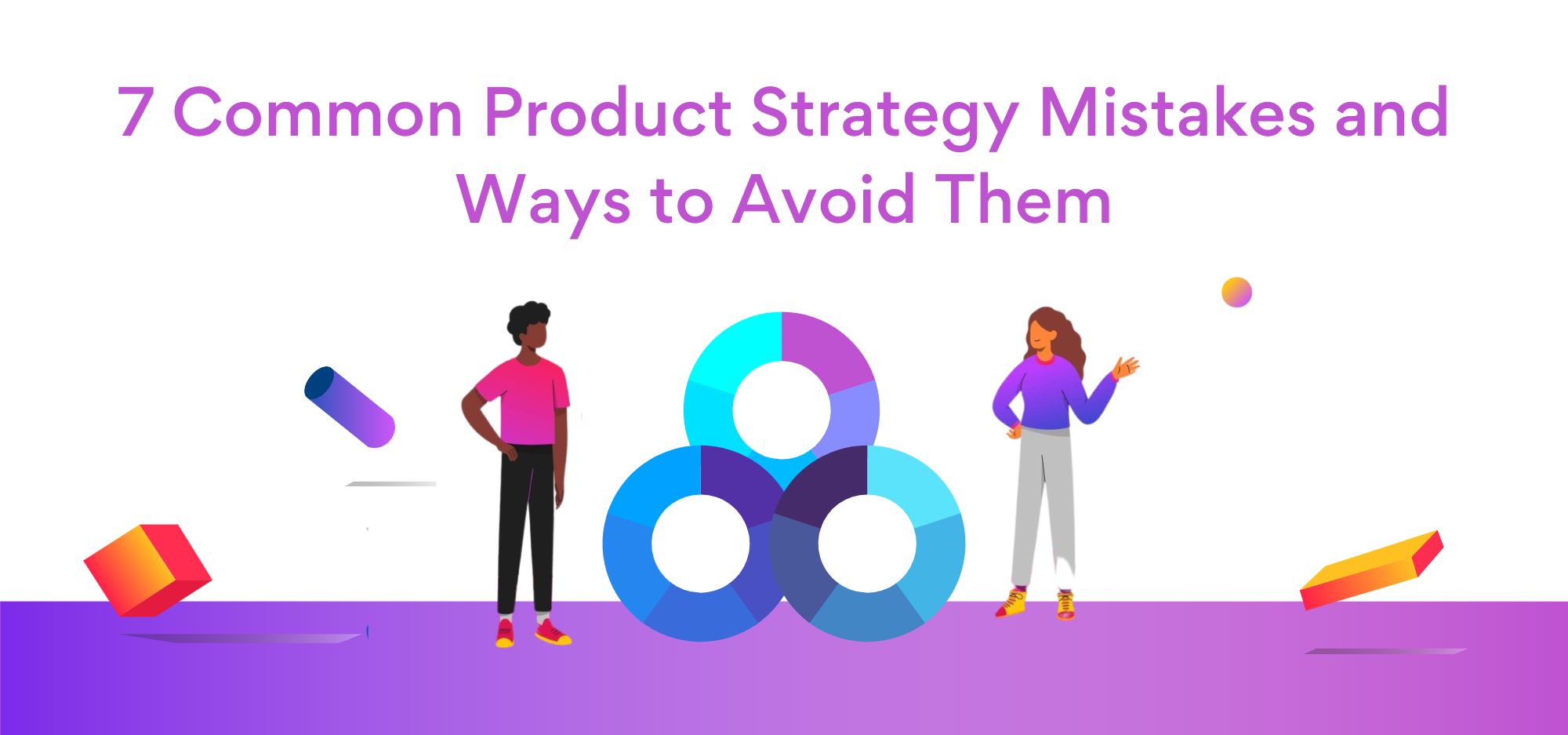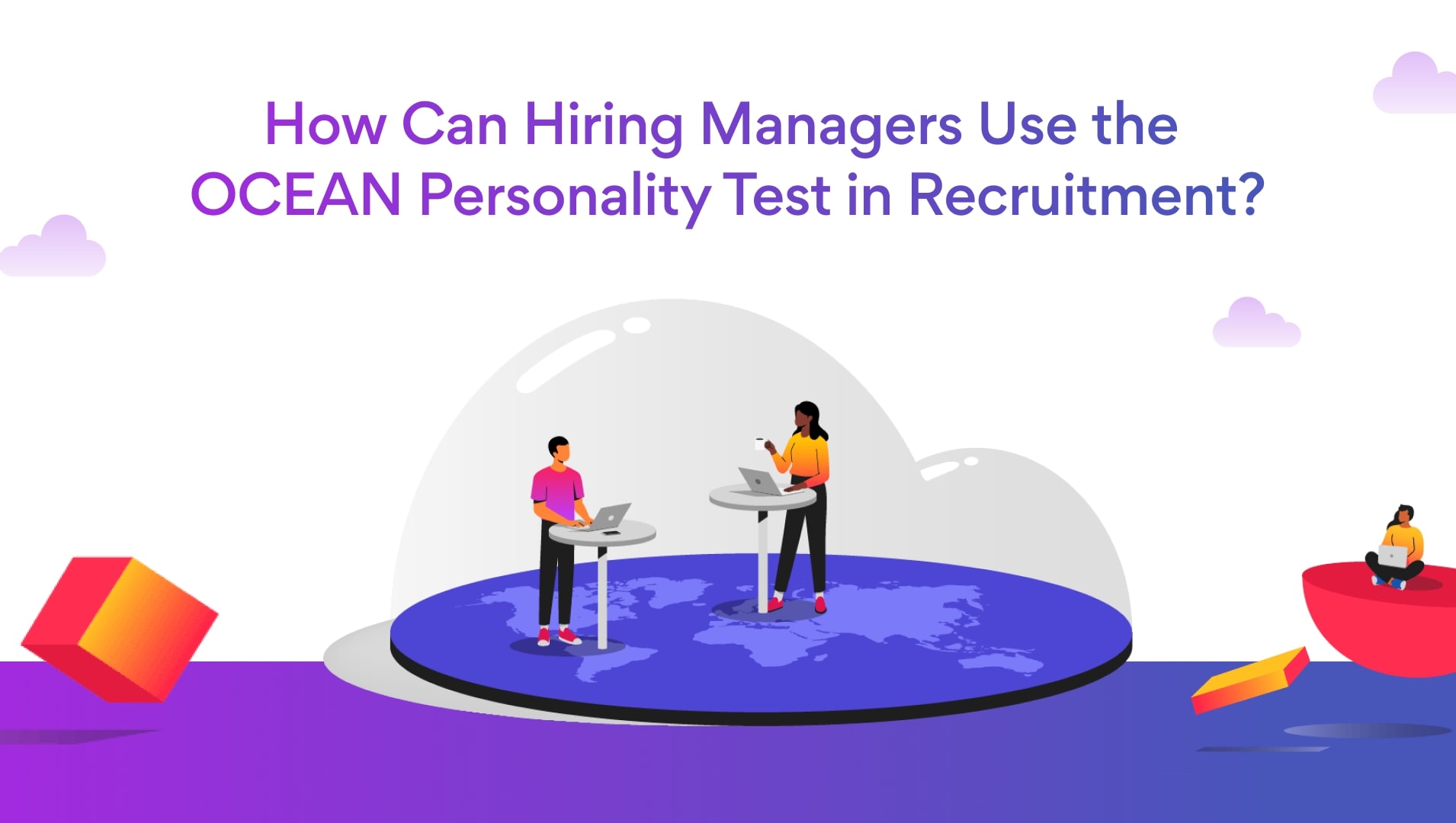Is Your Brand Strong Enough to Attract Top Executive Talent?
With the help of a strong employer branding, your company can attract qualified applications, lower recruitment costs, and differentiate itself from competitors.
Employer branding has long been an essential component of a company’s overall business strategy. It’s a company’s identity, a carefully created blend of its vision, mission, character, culture, and personality that attracts and retains potential and present employees.
Therefore, it is essential to know the fundamentals of employer branding.
This post will teach you how to establish your employer value proposition, how to target talent, and, last but not least, how to create an employer branding plan that is true, credible, distinctive, and aspirational.
What is employer branding?
The process of managing and influencing your employer brand among job seekers, employees, and key stakeholders is known as employer branding.
It includes everything you do to make your company a desirable place to work.
Simply put, your company’s reputation as an employer is your employer brand. It’s what potential employers and employees think about you. It’s what they tell their friends and relatives when you’re not around,
Eight steps for implementing a successful employer branding
-
Know your company’s value proposition
If you want to build a strong employer brand, focus on your company’s mission statement, values, vision, and culture.
Determine your company’s needs and then work backward to determine what kind of talent you’ll need to achieve those goals.
Consider the mission statement of Teach for America: “One day, all children in our country will have the opportunity to receive an exceptional education.”
Similarly, you can connect beliefs and the employer brand with your business goal to make it more effective. -
Conduct an employer branding audit
You may not fully know your company’s image among job searchers or even your employees.
Send out internal polls, run social media searches, read reviews on sites like Glassdoor, or employ a company/agency that handles reputation management to understand the same.
Your study should highlight employees’ favorite components of the company culture, which you should emphasize. Most importantly, it should reveal areas that need improvement. -
Write an employer value proposition
Construct an employer value proposition after you’ve done your research because it is both a marketing message and a promise.
The statement will help you stand your ground during company disputes, so make it as detailed as possible.
Share the employer value proposition on your website, recruitment materials, or LinkedIn company page. Be sure to direct your HR team to share the company’s value proposition with prospects.
Compensation should have no bearing on your value proposition.
Instead, explain your company’s impact on the world or its deeper purpose to elicit passion in potential candidates. People want to feel that they are making a difference, even if it means letting go of a higher salary. -
Leverage current employees to enhance your employer branding
When job seekers want to learn about your company, they’ll want to interact with actual employees. So use your employees to your advantage by conducting staff interviews or testimonials to post on your website.
You may also encourage existing employees to post on their social media channels when your company hosts a fun giveaway or goes on an outing.
All you need to do is ask your staff to submit a photo on Instagram or Facebook using the hashtag you’ve created.
This exercise is a fun yet effective way for your employees to spread the word about your company’s culture to their networks. -
Cultivate a robust onboarding process
Onboarding is a new hire’s first experience, and a poor first impression can have severe consequences for an organization.
Employer Branding: Cultivate a robust onboarding process
Employees who have had a poor onboarding experience are twice as likely to look for another job.
A good onboarding process is essential to establish a positive corporate brand image.
Moreover, a good onboarding process motivates people about their jobs and teams right away.
You can ensure a smooth transition, lower attrition rates, and increase productivity by providing new employees with instructions and resources to succeed in their roles.
Related Post: Ten Tips to Make Onboarding Remote Software Developers a Success -
Want a strong employer branding? Offer learning and development opportunities
People quit their jobs for various reasons, the most common ones being boredom and a desire for new challenges.
Employer Branding: Offer learning and development opportunities
Allowing employees to pursue learning opportunities and gain new skills demonstrates your company’s commitment to ongoing improvement and learning.
And by challenging your staff, you ensure that they won’t become bored in their jobs, contributing to higher employee retention. -
Use rich content to tell your company story
Don’t send your message through just one channel when implementing a strategy to improve your brand image.
Instead, use videos, images, presentations, blogs, and other kinds of communication to guarantee that your message reaches the widest possible audience.
Share your company’s story through high-quality videos, photographs, and text.
Consider including short employee interviews (videos and text) on your website’s Career page and About Us page. -
Measure success of your employer branding
HR analytics and measuring essential hiring indicators have become HR professionals’ primary tasks.
Data-driven recruiting is challenging without the correct tools. However, there are several HR tech solutions available today that can assist HR professionals in improving their employer branding strategy.
Evaluate the success of your employer branding plan based on the objectives you established in the first phase.
Related Post: Netflix, GitHub, and Honeycomb.io Use These Metrics for Continuous Improvement.
Employer branding can help you attract top executives: Summing up
Businesses must take employer branding seriously or risk losing out on the talent and creativity they desire.
So make sure to include a substantial line item for the employer branding plan in your 2022 budget.
Sourcing and hiring skilled software developers is critical when building your software development team.
Turing is a deep jobs platform that allows businesses to source and hire skilled and experienced engineers from across the globe.
With Turing, you’ll have access to a talent pool of the top 1% of 1M+ talented developers with strong technical and communication skills who can work according to your requirements. Additionally, Turing’s tried-and-tested vetting process evaluates developers to a Silicon Valley standard, allowing you to have your pick of qualified software developers without taking up all of your engineering team’s time.
Tell us the skills you need and we'll find the best developer for you in days, not weeks.












